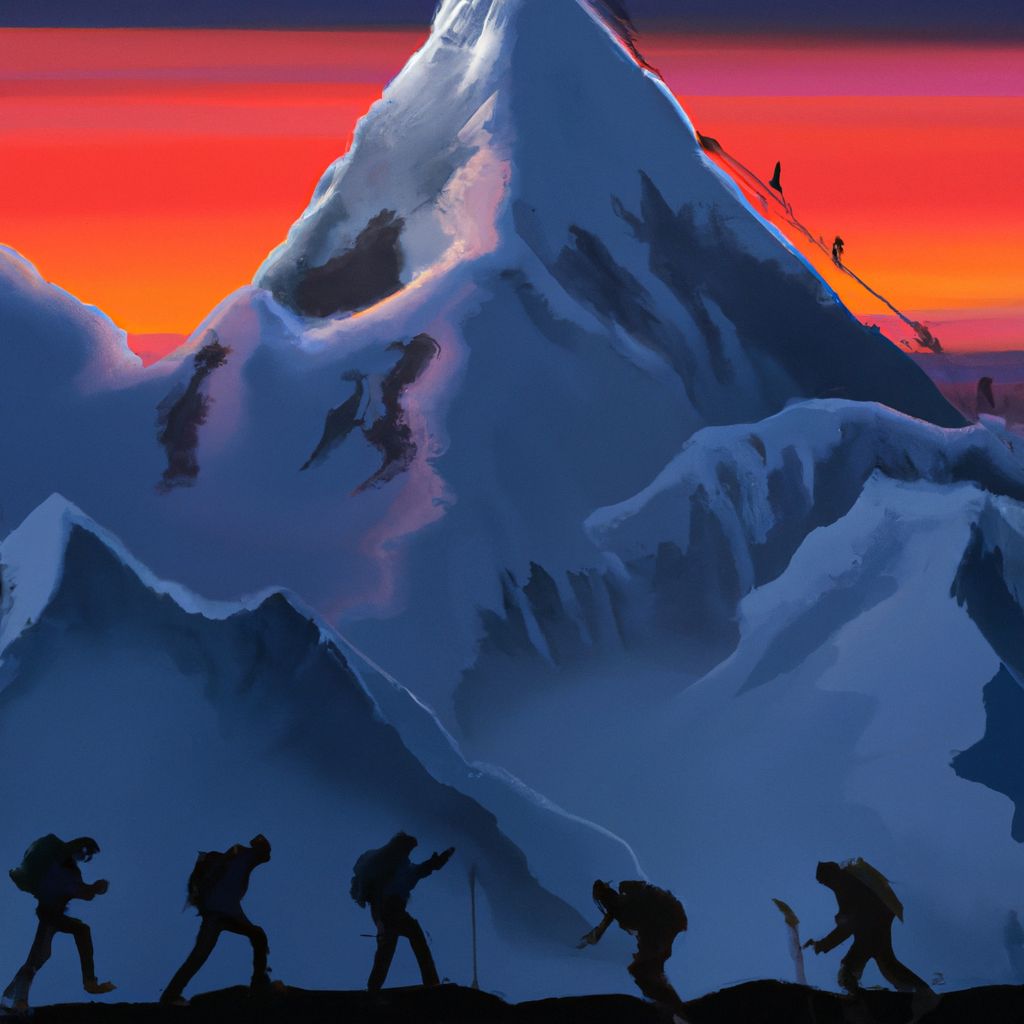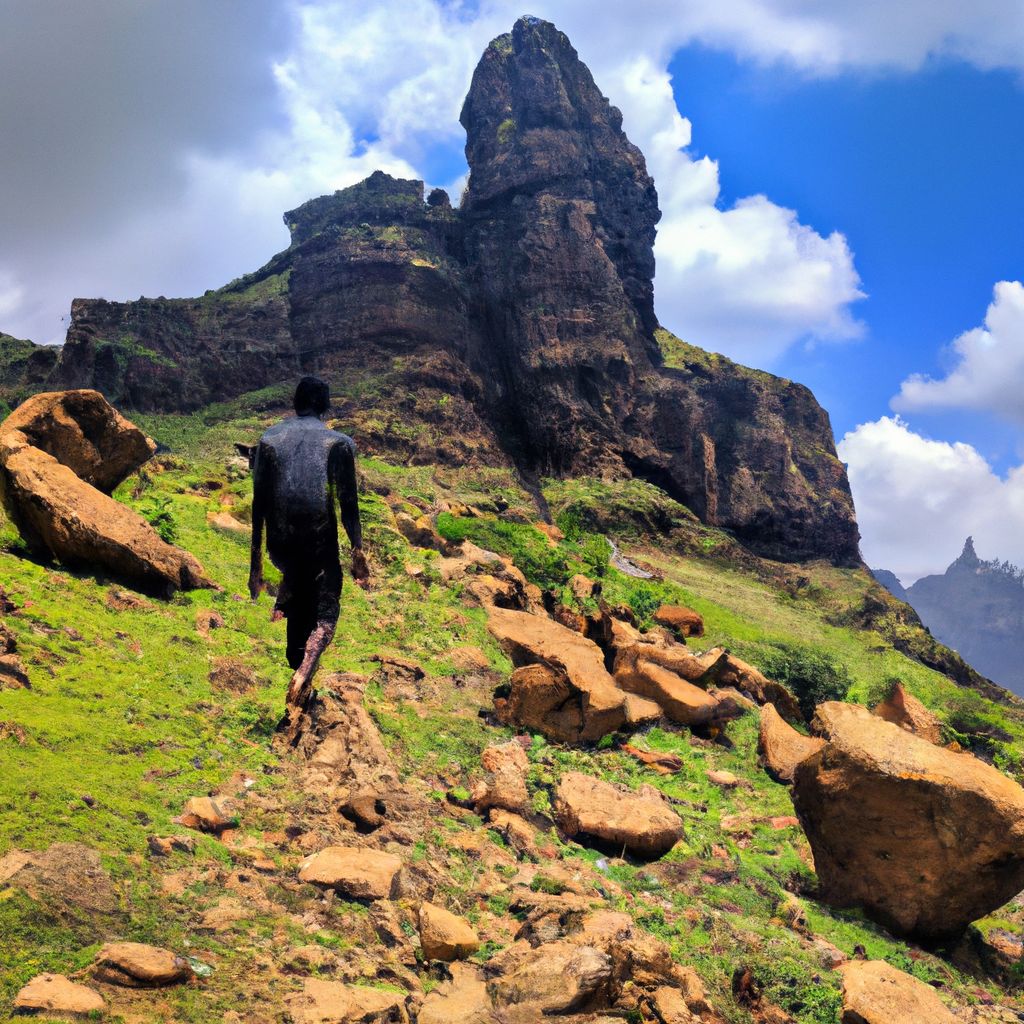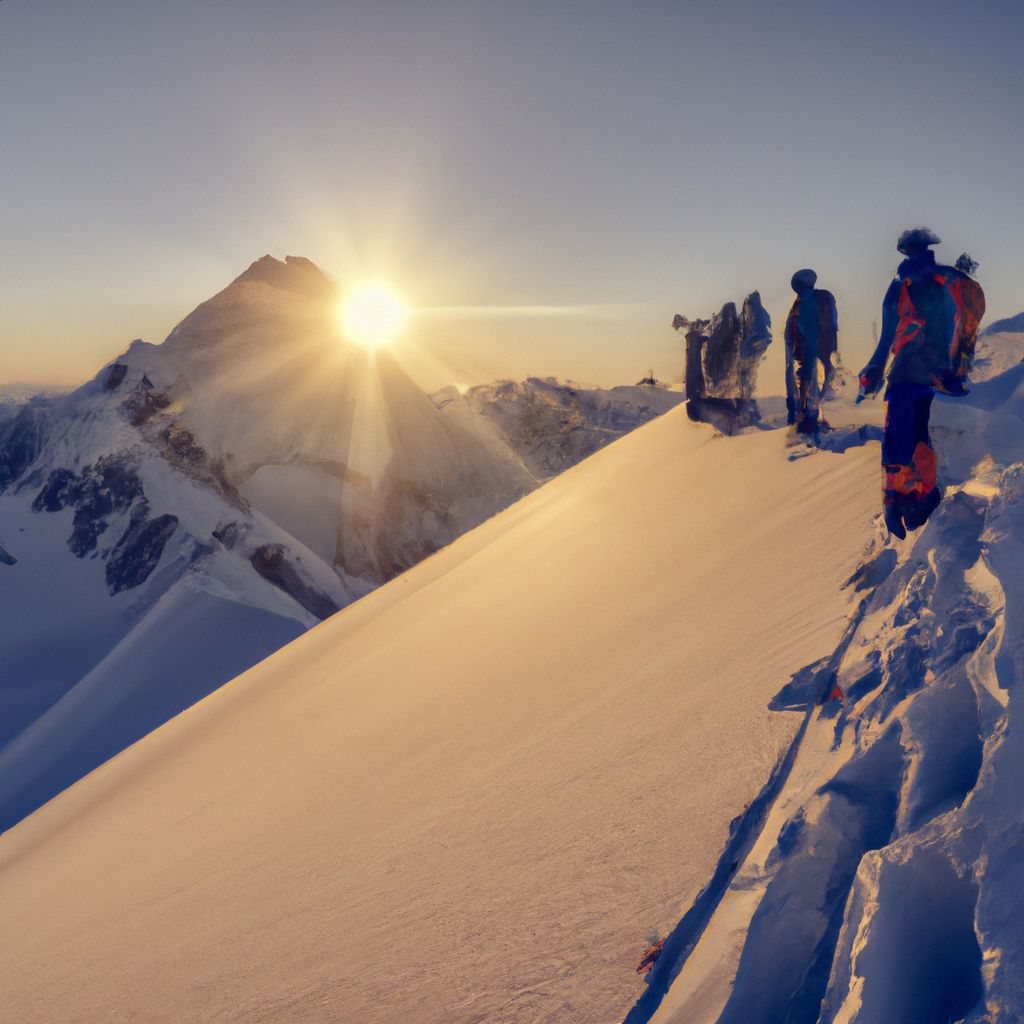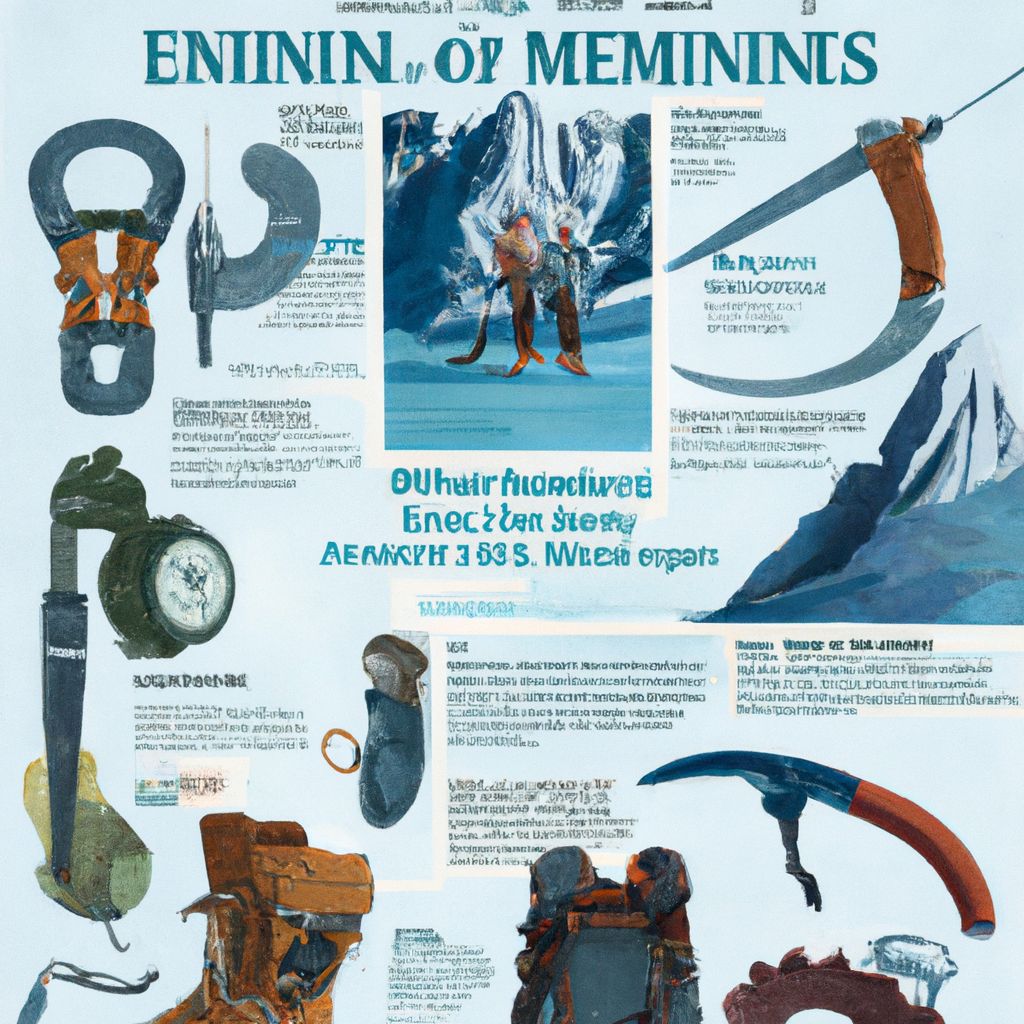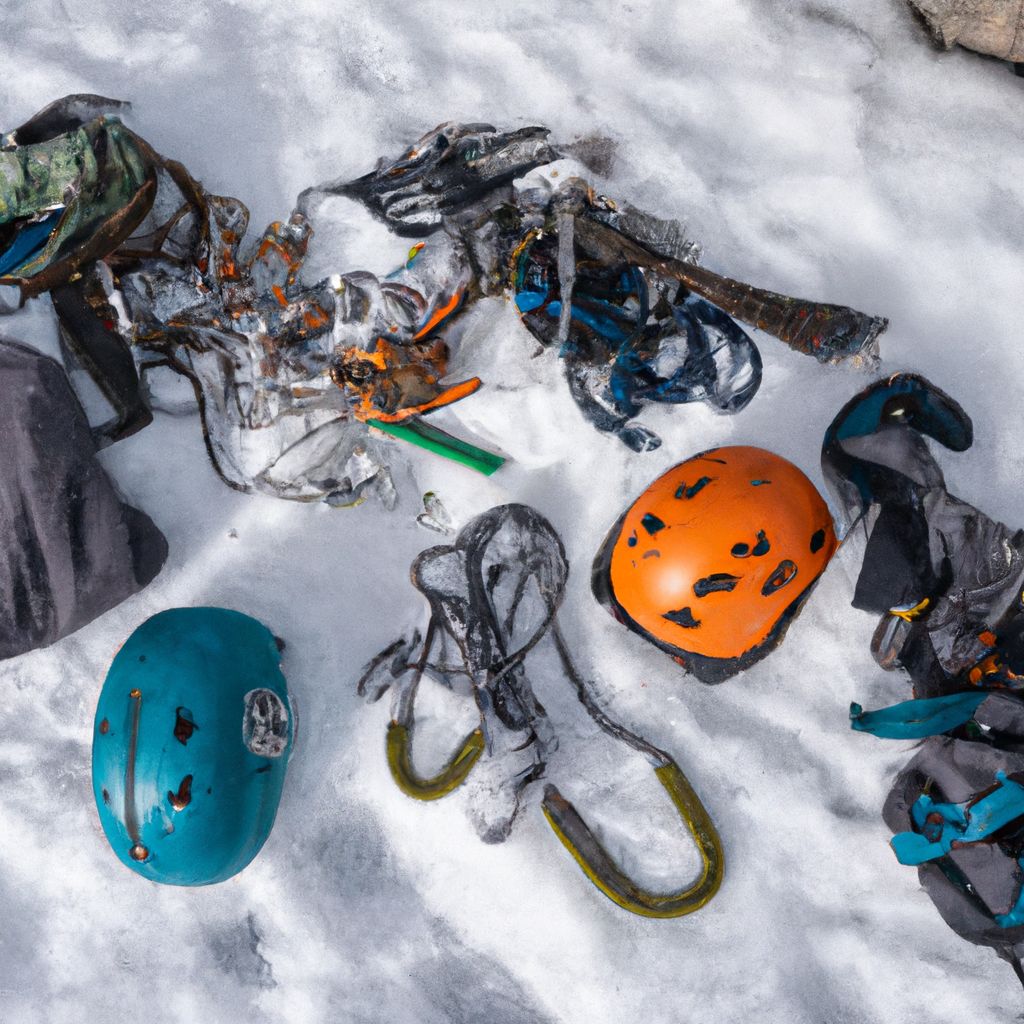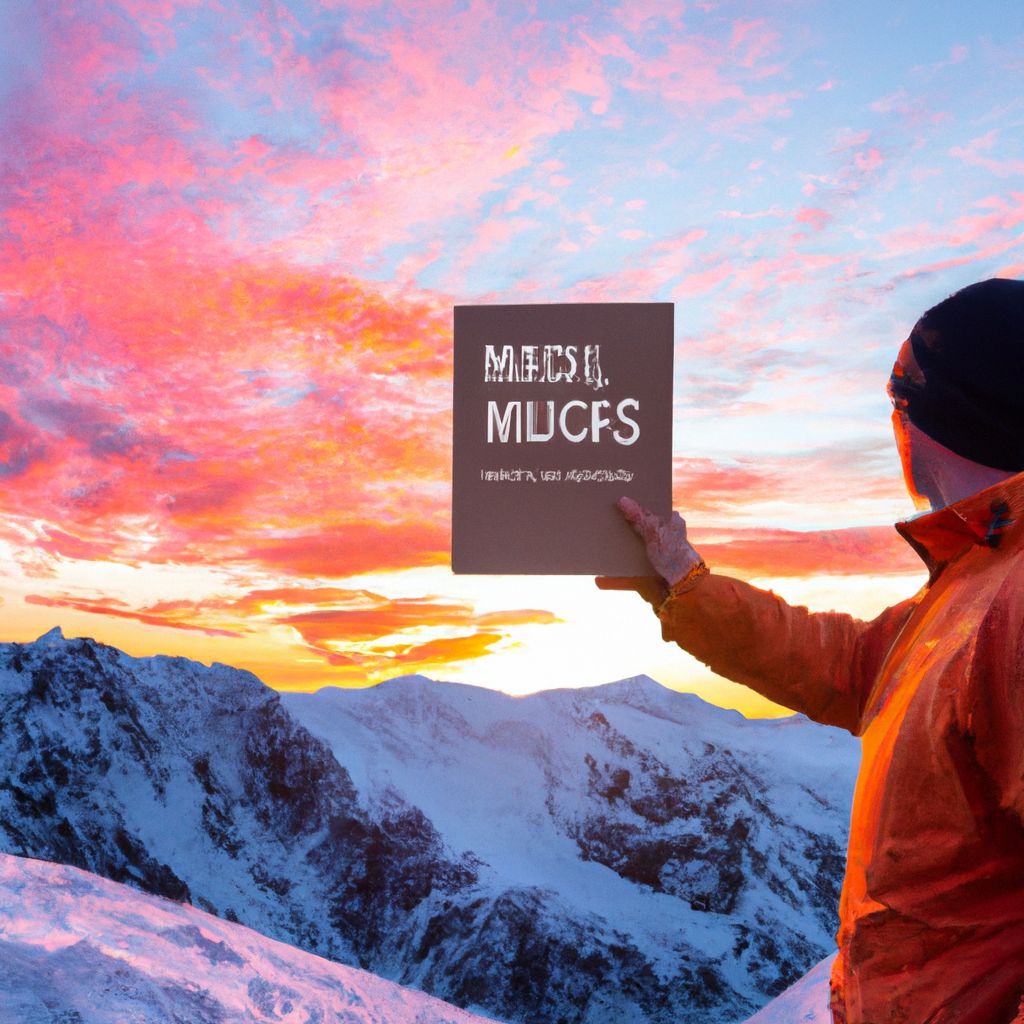- Introduction to Mountaineering
- Essential Mountaineering Gear
- Mount Everest, Nepal
- K2, Pakistan
- Denali, United States
- Mont Blanc, France and Italy
- Tips for Successful Mountaineering
- Conclusion
Introduction to Mountaineering
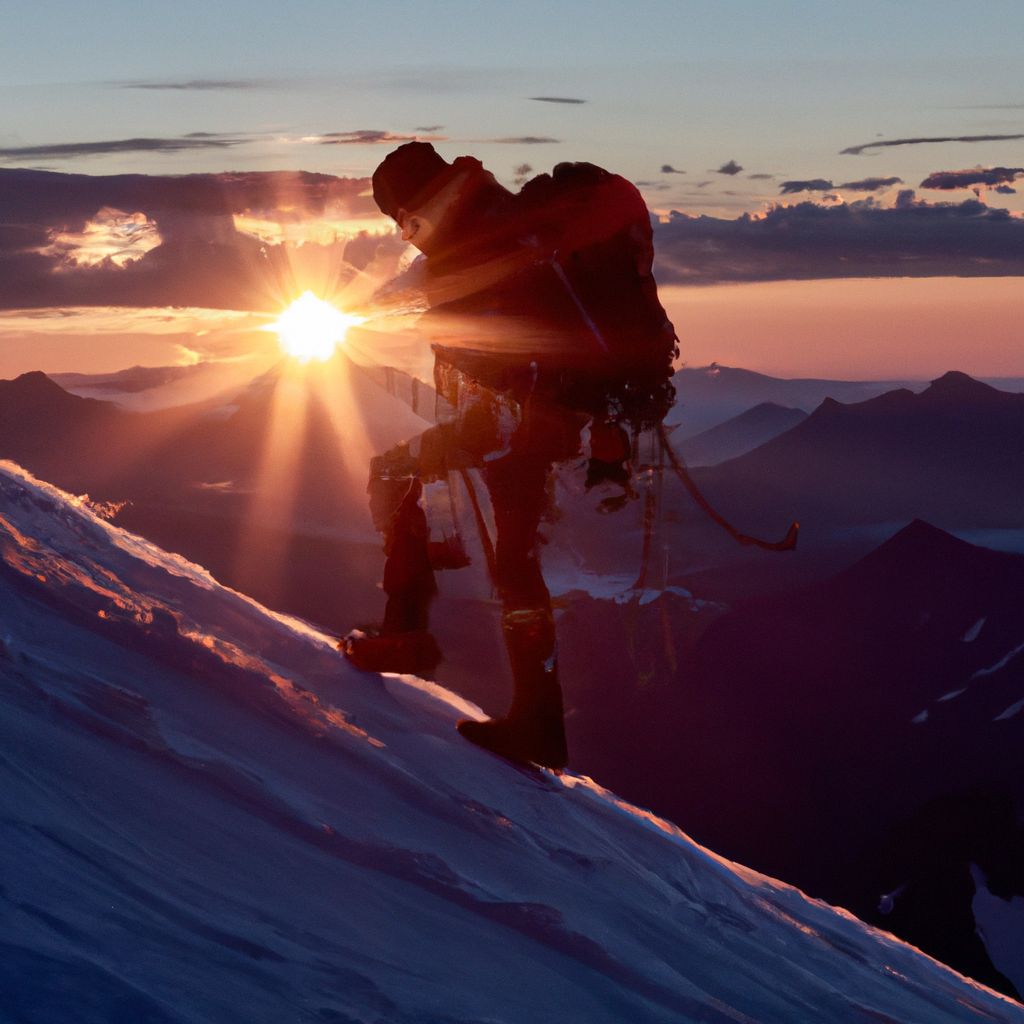
Mountaineering, a pursuit that many see as the ultimate test of human endurance, spirit, and tenacity, is the sport of climbing to the top of mountains. It is a pastime that has attracted thrill-seekers and adventure enthusiasts from all corners of the globe for centuries.
The allure of mountaineering lies not only in the physical challenge but also in the mental one. It's about pushing your limits, overcoming fears, and finding a sense of peace amidst the harsh conditions. The rewards are immense - the exhilaration of reaching the summit, the breathtaking views, and the sense of accomplishment are just a few of the reasons why people are drawn to this extreme sport.
However, mountaineering is not without its challenges. It requires a high level of physical fitness, specialized skills, and an understanding of the risks involved. But for those who are prepared to face these challenges, mountaineering offers an adventure like no other.
Essential Mountaineering Gear
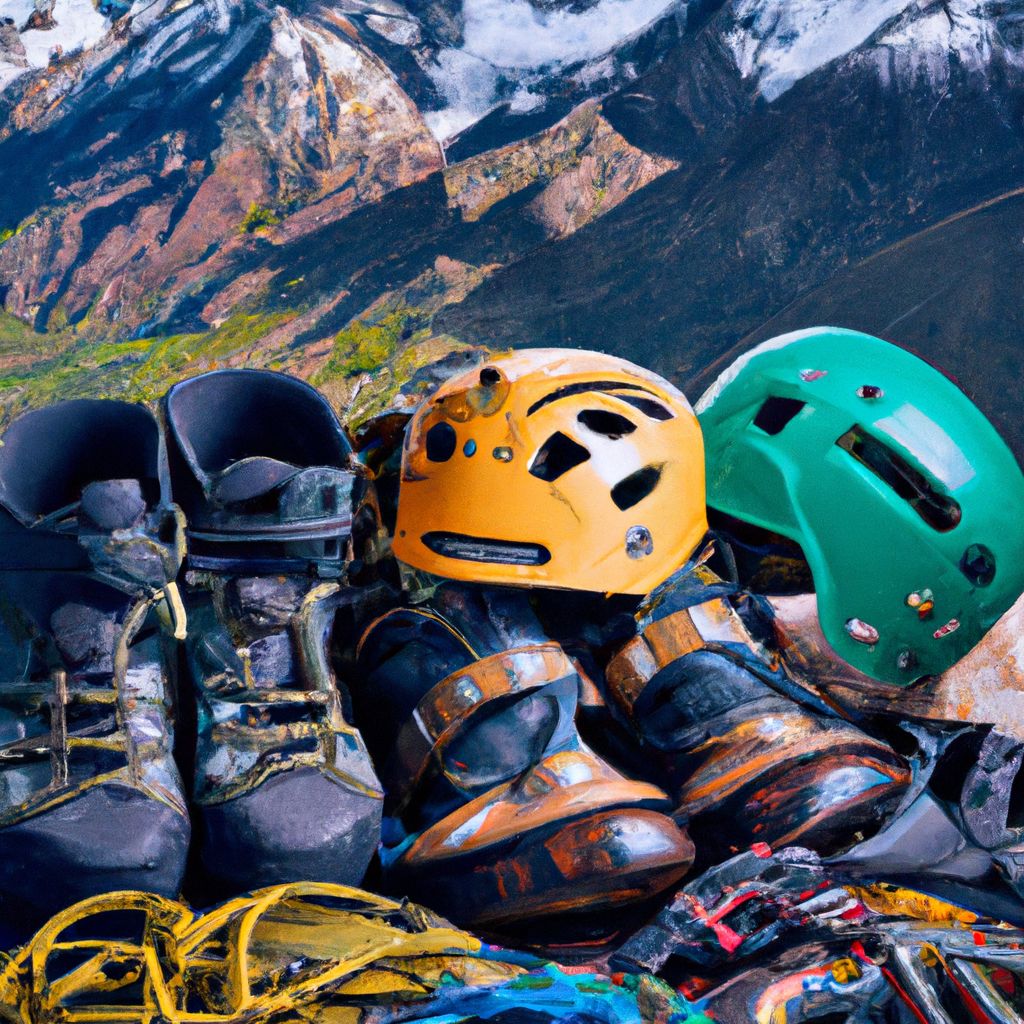
Proper gear is crucial for a safe and successful mountaineering expedition. Each piece of equipment serves a specific purpose and contributes to the overall safety and efficiency of the climb. Here's a look at some essential mountaineering gear:
- Helmets
- A helmet is a critical piece of safety equipment that protects the climber's head from falling debris and impact during a fall. It should be comfortable, lightweight, and well-ventilated.
- Harnesses
- A harness is used for securing a climber to a rope or an anchor point. It should fit well and be equipped with gear loops for carrying equipment.
- Mountaineering Boots
- These are designed to withstand harsh conditions and provide grip on slippery surfaces. They should be waterproof, insulated, and offer good ankle support.
- Climbing Gear
- This includes a wide range of equipment like carabiners, belay devices, and ice axes. They are used for various purposes like securing ropes, aiding in ascents and descents, and navigating icy terrain.
These are just a few examples of essential mountaineering gear. The actual list can be quite extensive and varies depending on the type of climb, the difficulty level, and the weather conditions. Regardless of the specifics, the importance of having the correct gear cannot be overstated. It not only makes the climb more manageable but could also potentially save your life in case of an emergency.
Mount Everest, Nepal
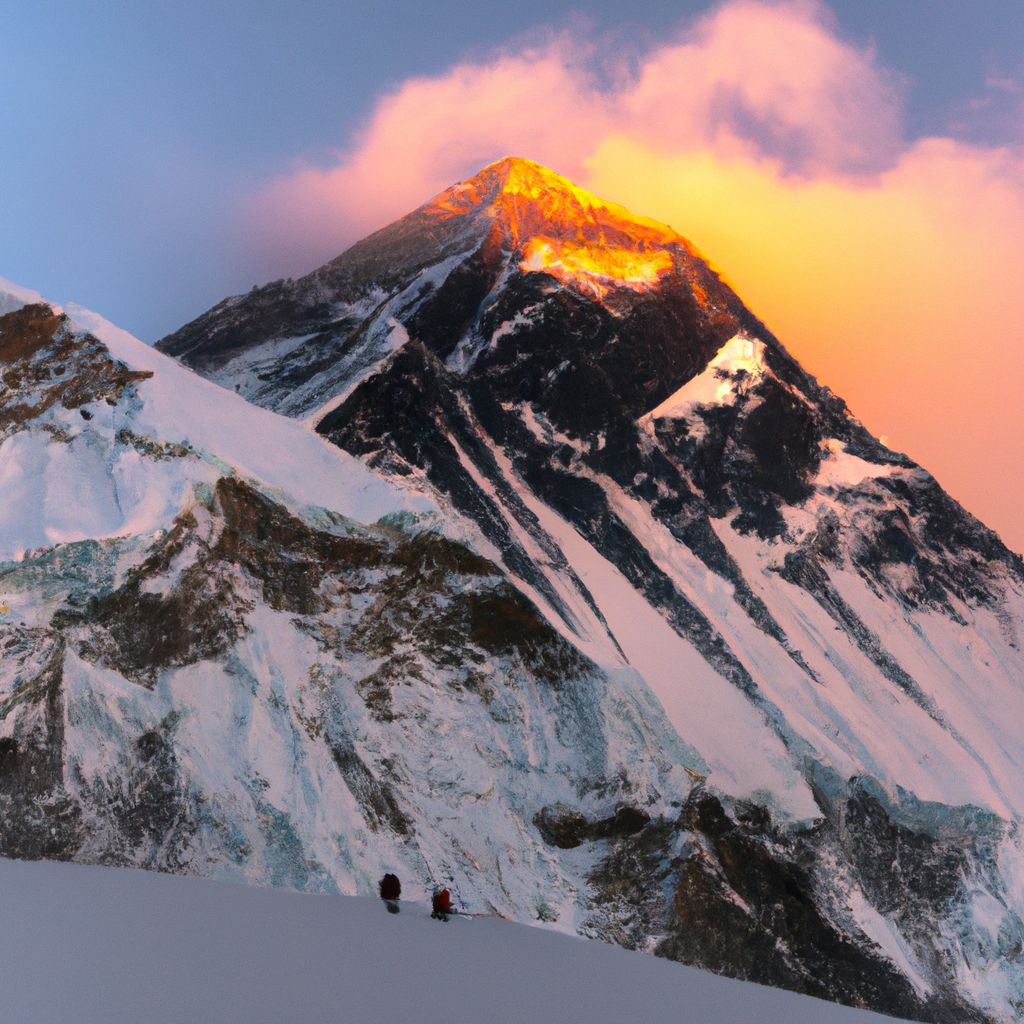
The pinnacle of mountaineering adventures, Mount Everest, stands tall in the Mahalangur Himal subrange of the Himalayas. Straddling the border between Nepal and the Tibet Autonomous Region of China, Everest, at a colossal 8,848.86 meters (29,031.7 feet) according to a 2020 survey by China and Nepal, is the highest mountain above sea level in the world.
Climbing Everest is considered the ultimate achievement in mountaineering. It's a challenge that demands immense physical fitness, technical climbing skills, and the ability to endure severe weather and altitude sickness. The mountain's unpredictable weather, deep crevasses, and the infamous "Death Zone" above 8,000 meters all add to the dangers of this epic quest.
| Pre-Monsoon (Spring) | April - June |
| Post-Monsoon (Autumn) | September - November |
The best time to climb Mount Everest is during the pre-monsoon (spring) and post-monsoon (autumn) seasons when the weather is relatively stable, and the winds are less fierce. However, most climbers prefer the spring season for their expedition.
As for preparation, climbers need to undergo rigorous training for at least one year prior to the expedition. This includes strength and endurance training, high altitude climbs, and training in technical climbing skills. Additionally, climbers also need to plan their expedition meticulously, including securing permits, hiring guides, and ensuring they have all the necessary equipment.
K2, Pakistan
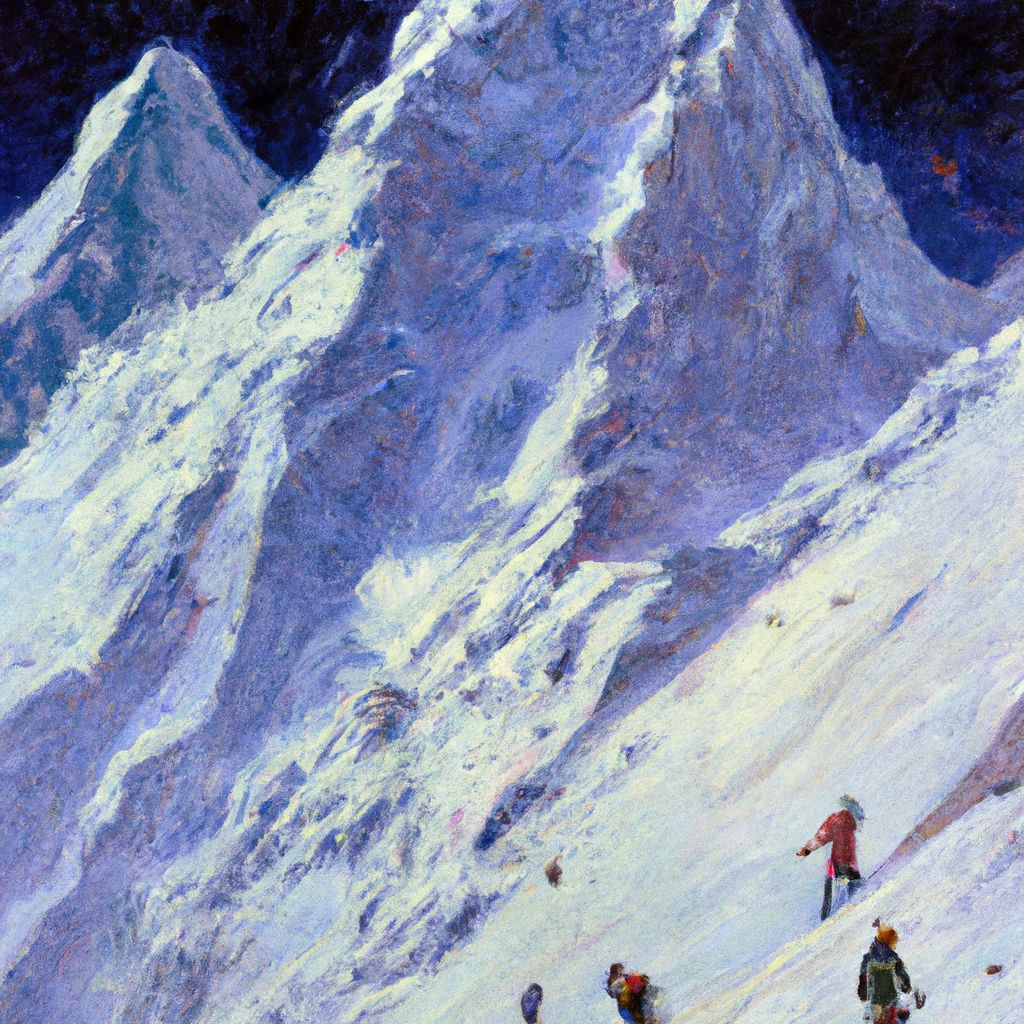
Often referred to as the "Savage Mountain," K2 is the second-highest mountain in the world after Mount Everest. Located on the China-Pakistan border, K2 soars to a height of 8,611 meters (28,251 feet). Despite being 237 meters shorter than Everest, many mountaineers consider it a more challenging climb.
The reasons for K2's notorious reputation are many. Its weather conditions are extremely unpredictable, with sudden storms being a common occurrence. The routes to the top are steeper and more technically challenging, requiring climbers to have superior skill and experience. Additionally, the remoteness of the location means rescue and medical help are far less accessible compared to Everest.
| Summer | June - August |
The best time to attempt to climb K2 is during the summer months of June to August. During this period, the Karakoram range is somewhat shielded from the monsoon, making the weather conditions slightly more favorable.
Preparation for climbing K2 includes intensive physical training and high altitude acclimatization. Given the technical difficulty of the climb, climbers should possess advanced mountaineering skills, including proficiency in ice climbing and navigating steep terrain. Meticulous planning for logistics, equipment, and contingencies is also crucial for a successful and safe expedition.
Denali, United States
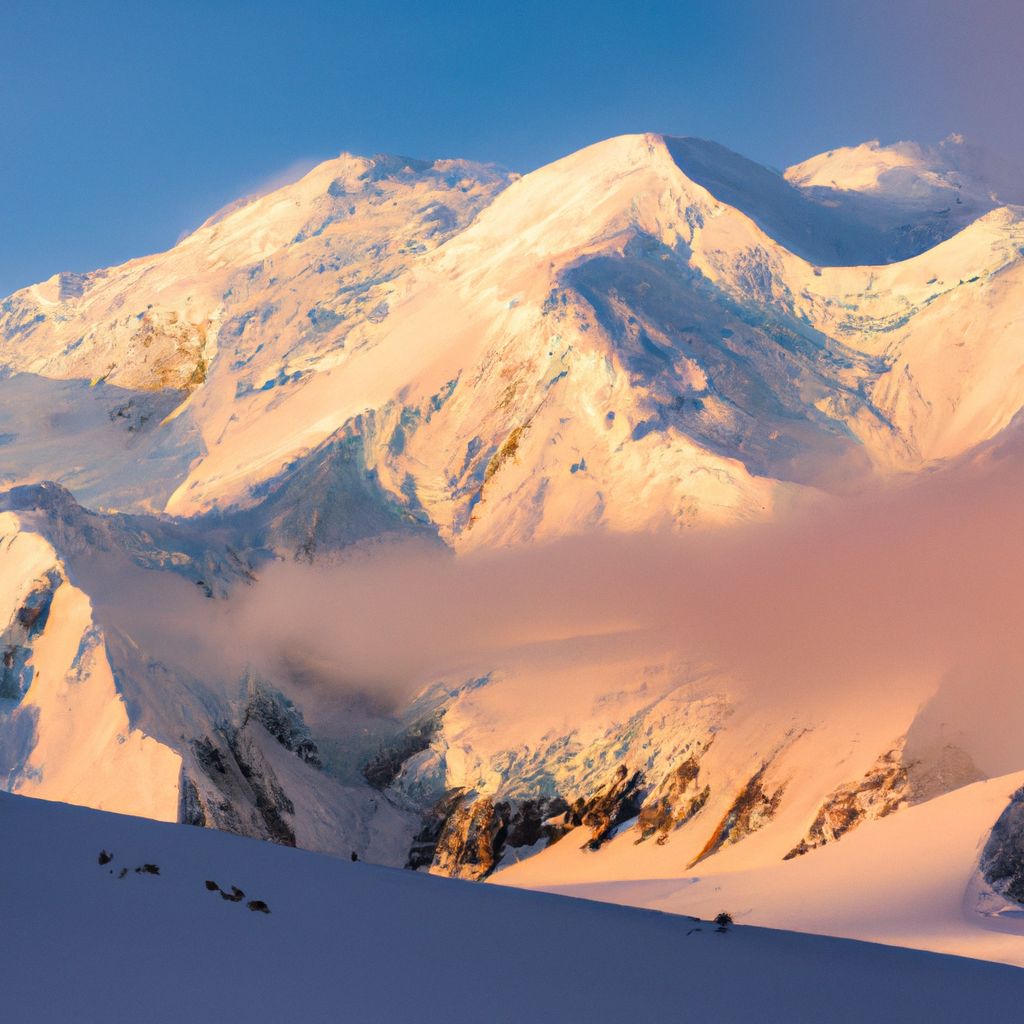
Denali, formerly known as Mount McKinley, is the highest peak in North America. Located in Alaska, United States, Denali reaches an impressive height of 6,190 meters (20,310 feet). Unlike Everest and K2, the extreme cold weather poses a unique challenge for climbers attempting to summit Denali.
The mountain's high latitude makes for exceptionally cold conditions, even in summer. Temperatures can plummet to -40 degrees Celsius (-40 degrees Fahrenheit) or lower. Besides the cold, climbers have to contend with Denali's notoriously unpredictable weather, which can change rapidly and includes fierce winds and heavy snowfall.
| Summer | May - July |
The best time to climb Denali is during the summer months from May to July. This is the period when the weather is relatively stable and the days are longest, providing ample daylight for climbing.
Preparation for a Denali expedition includes rigorous physical conditioning to withstand the cold temperatures and the heavy loads climbers need to carry. Skills training should focus on glacier travel, crevasse rescue, and avalanche awareness. As with any mountaineering expedition, careful planning is essential, including arranging for permits, hiring guides if necessary, and ensuring you have appropriate cold weather gear and equipment.
Mont Blanc, France and Italy
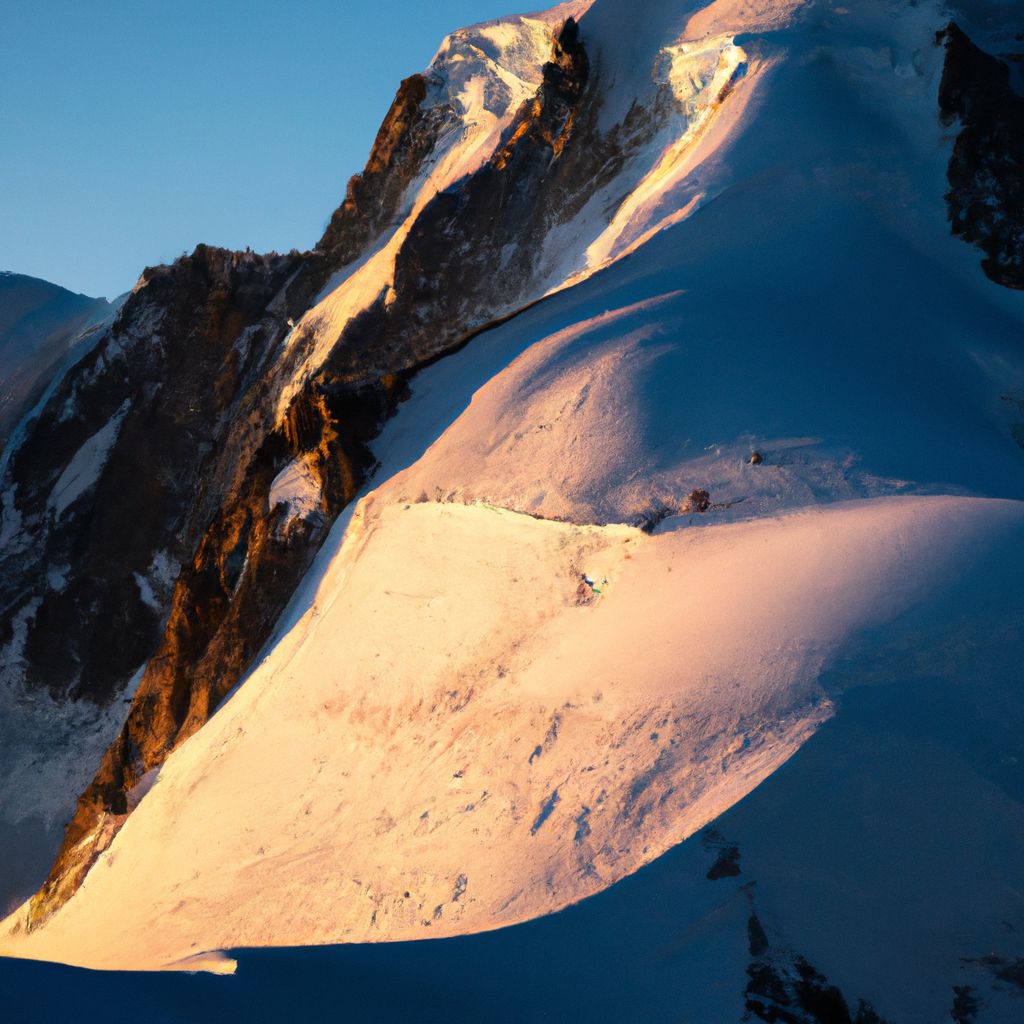
Mont Blanc, the "White Mountain", is the highest peak in the Alps and Western Europe. Straddling the border between France and Italy, it stands at a height of 4,808 meters (15,774 feet). While not as high as some of the other peaks discussed, Mont Blanc presents its own unique set of challenges to climbers.
Mont Blanc's challenges include dealing with altitude sickness, navigating crevasses, and facing the risk of avalanches. The weather can also be unpredictable, with sudden storms and rapid temperature drops. Despite these challenges, Mont Blanc is one of the most popular mountaineering destinations in the world due to its beautiful alpine scenery and accessibility.
| Summer | June - September |
The best time to climb Mont Blanc is during the summer months from June to September. During this time, the weather is generally more stable, and the crevasses are filled with winter snow, making them easier to navigate.
In terms of preparation, physical conditioning and acclimatization to high altitudes are key. Skills training should include glacier travel, crevasse rescue, and avalanche awareness. As with all mountaineering expeditions, careful planning is necessary, including route selection, arranging for permits, and ensuring the right gear and equipment are on hand.
Tips for Successful Mountaineering
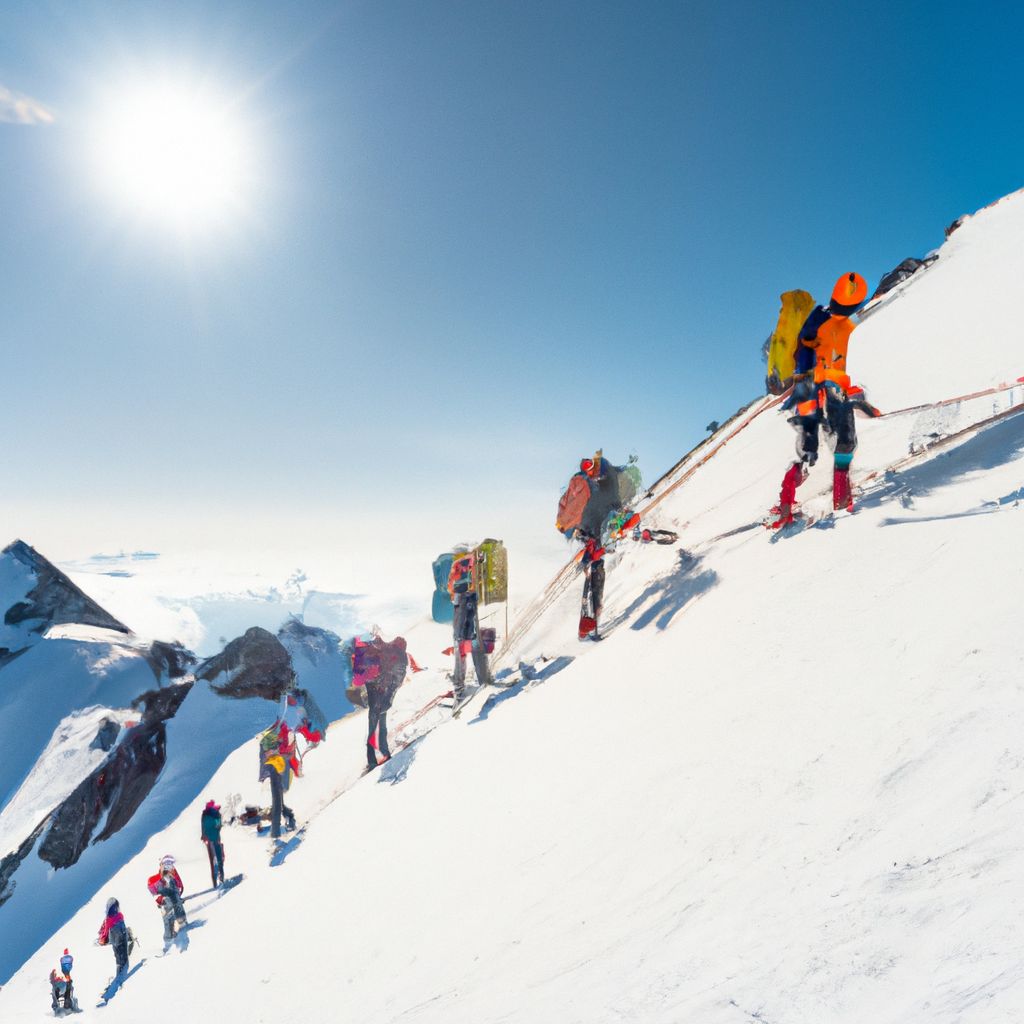
The sport of mountaineering requires careful preparation and a well-rounded set of physical and technical skills. Here are some tips to help ensure a successful mountaineering experience:
- Physical Training: Mountaineering is physically demanding. A training regime that includes cardiovascular exercises, strength training, and flexibility exercises is essential. Training should start at least a year before the planned expedition.
- Technical Skills: Climbers should be proficient in skills such as rope handling, crevasse rescue, navigation, and first aid. Taking mountaineering courses and practicing these skills under the guidance of experienced climbers is recommended.
- Acclimatization: Proper acclimatization is crucial to prevent altitude sickness. Spend a few days at high altitudes before the climb and ascend slowly to give your body time to adjust to the lower oxygen levels.
- Choosing the Right Gear: Invest in high-quality mountaineering gear that is suitable for the specific conditions you will encounter. This includes the appropriate clothing, boots, climbing equipment, and emergency gear.
- Planning and Preparation: Plan your route carefully, taking into account the difficulty level, weather conditions, and recent reports from other climbers. Get all necessary permits and make sure you have a contingency plan in case of emergencies.
Remember, mountaineering is not just about reaching the summit; it's about the journey, the learning experience, and most importantly, your safety. Always make decisions with safety as your top priority.
Conclusion
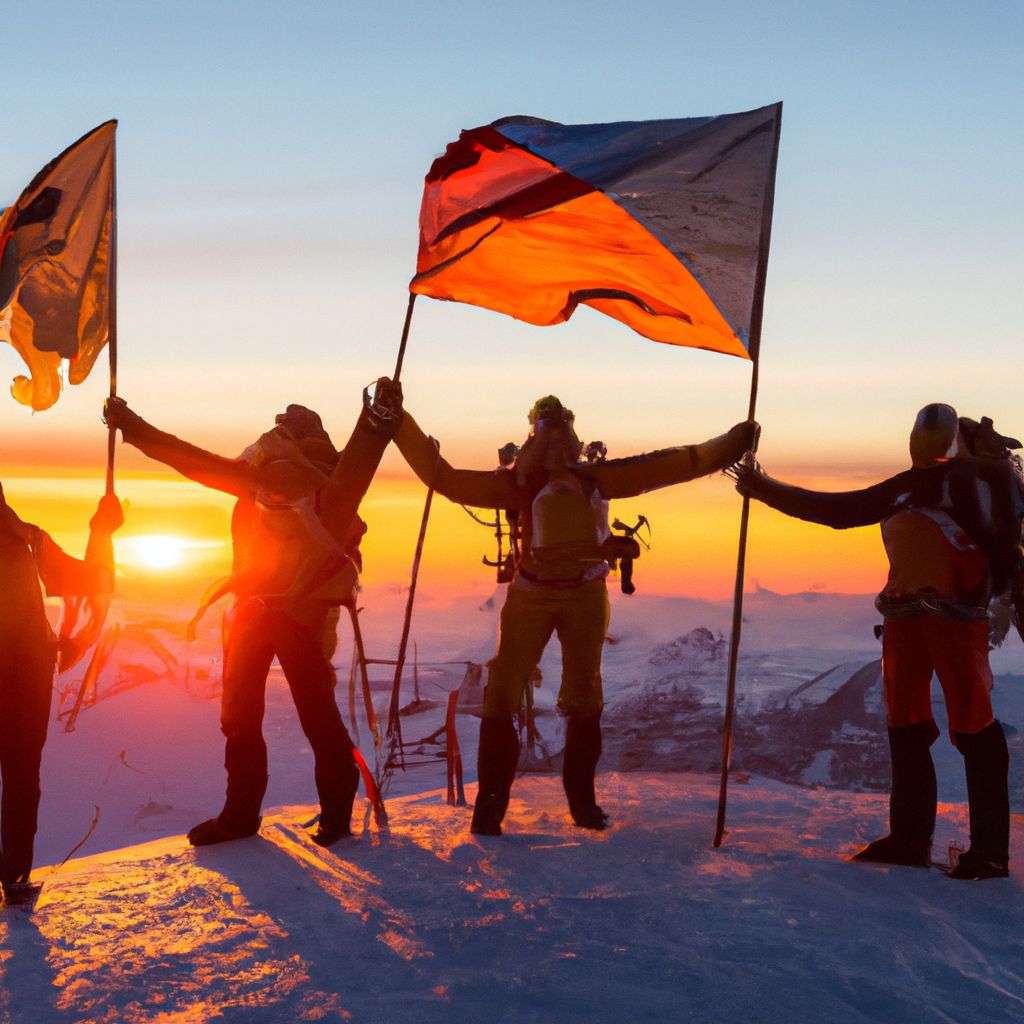
Mountaineering is undoubtedly one of the most thrilling and rewarding adventures one can embark on. The allure of reaching the summit, the beauty of untouched nature, and the test of human endurance and resilience it offers are unparalleled. However, the challenges it presents are equally formidable - from harsh weather conditions to high altitudes and technical climbing requirements.
While the thrill of mountaineering is enticing, it's essential to respect the power of nature and prioritize safety above all else. Starting with the right training, equipping yourself with the necessary skills and gear, and planning your expedition meticulously can make the journey safer and more enjoyable.
Whether you're setting your sights on the world's highest peaks or starting with more accessible mountains, mountaineering is sure to offer an unforgettable experience. Always remember, it's not just about the destination, but also about appreciating the journey. Happy climbing!


